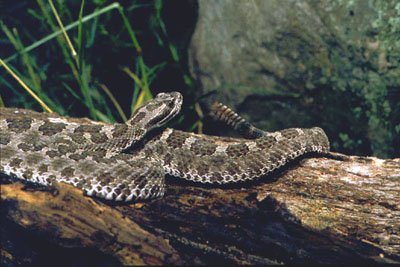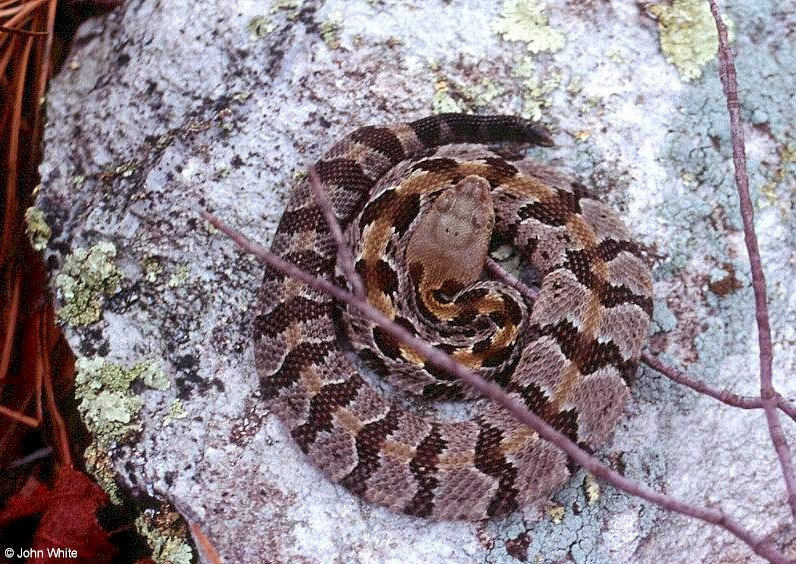 On an August day 17 years ago, eight Minnesota junior high school students on a field trip caught 22 frogs in a farm pond. At least half of the frogs had some abnormality, mostly in their hind legs. The conscientious teacher reported the group’s finding to the state. Dutiful state scientists surveyed wetlands across Minnesota and found at least one hotspot of frog abnormality in every county in the state.
On an August day 17 years ago, eight Minnesota junior high school students on a field trip caught 22 frogs in a farm pond. At least half of the frogs had some abnormality, mostly in their hind legs. The conscientious teacher reported the group’s finding to the state. Dutiful state scientists surveyed wetlands across Minnesota and found at least one hotspot of frog abnormality in every county in the state.
What have we learned about frog abnormalities in the last 17 years? Quite a bit, actually. There appear to be several causes, and sometimes the causes pile up to create a high rate of abnormalities. The causes also seem to vary by region.
Here’s a comprehensive overview of the situation in Minnesota from Minnesota Public Radio. You can read or listen, here.
Vermont also experienced a high rate of frog abnormalities back in 1995, but the interpretation there is a bit different than it is in Minnesota.
Read this article from The Outside Story, a syndicated nature column, about frog abnormalities in Vermont, which includes a nod to the lack of abnormalities in New Hampshire. Read it here.
Are you finding abnormal frogs? A fantastic resource for state biologists evaluating frog abnormalities is the Field Guide to Malformations of Frogs and Toads (with Radiographic Interpretations) by Carol Meteyer of the US Geological Survey’s National Wildlife Health Center.
Find the 20-page PDF here, including lots of photos and x-rays (aka radiographs).
Photo: Frog with abnormality, by David Hoppe, courtesy of US Geological Survey

 The Phoenix Zoo has been trying to get rid of the non-native turtles in the pond in the park near its entrance since 1999. The number of turtle species not native to Arizona found in the pond had declined over the last 13 years, but this year there was an increase. 142 non-native turtles were trapped, including 139 pond sliders, one spiny softshell, one painted turtle, and one eastern redbelly turtle.
The Phoenix Zoo has been trying to get rid of the non-native turtles in the pond in the park near its entrance since 1999. The number of turtle species not native to Arizona found in the pond had declined over the last 13 years, but this year there was an increase. 142 non-native turtles were trapped, including 139 pond sliders, one spiny softshell, one painted turtle, and one eastern redbelly turtle.
 Spring is here and a bunch of wildlife surveys are underway around the country.
Spring is here and a bunch of wildlife surveys are underway around the country.


